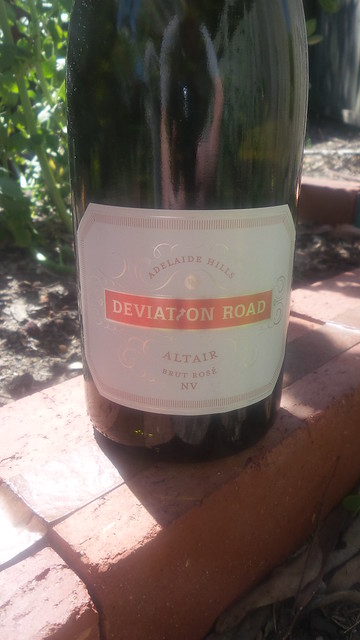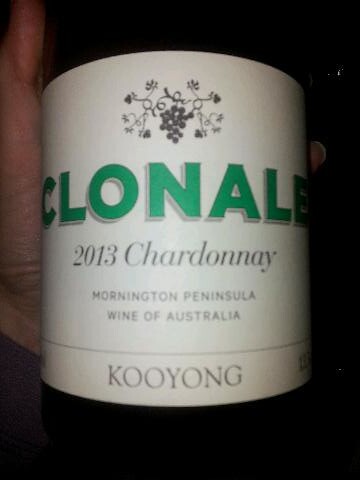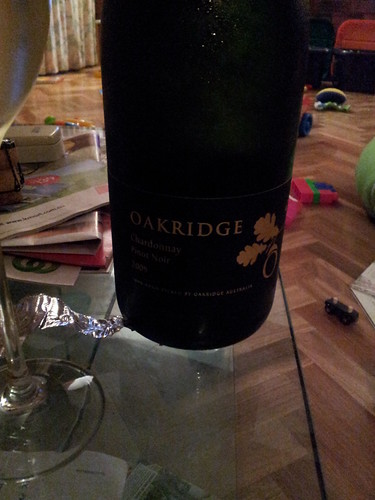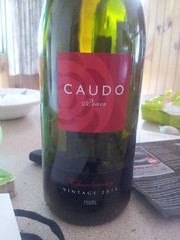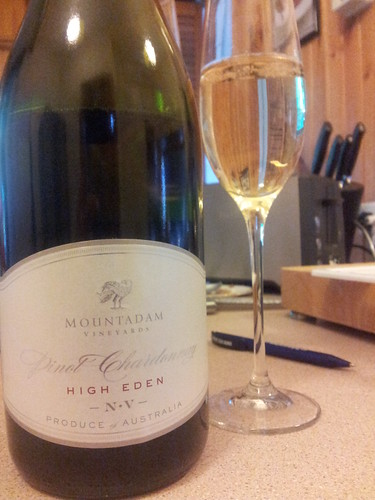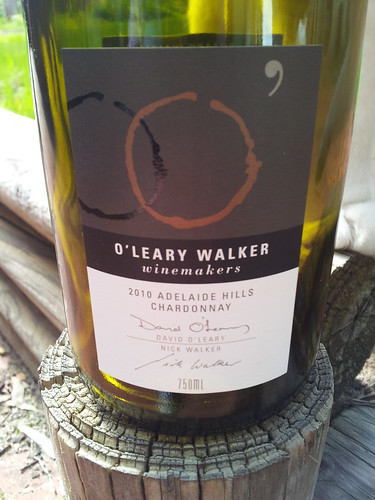I promised you some more bubbles before the new year kicked in and I’m only just managing to squeeze this in. Appalling form but I suppose that at this time of year it’s to be expected (unless I were one of those people who wrote blog posts months in advance and scheduled them all … maybe one day!).
A few weeks back we were out for dinner vaguely near Belair Fine Wines when Andy suggested we drop in to have a look. While having a little wander, my eyes lighted on these Honey Moon bubbles. I am a HUGE fan of the Honey Moon Shiraz and Pinot Noir so I was keen to try this out.
The Honey Moon wines aren’t cheap – they all (bar the still rosé) seem to hover between $40 and $50 so you may need to save them for special occasions. When it comes to bubbles, in my opinion, ‘special occasion’ is generally ‘day with a “y” in it’!
After the experience of both this and another rosé sparkling, I really think these are wines I am going to have to drink more often because I’ve really enjoyed them, perhaps a little bit above and beyond white bubbles.
This wine is predominantly Pinot Noir – just 13% Chardonnay. The wine is also disgorged on demand – on the side of the bottle it notes that it was disgorged for Belair Fine Wines in September 2014. The theory is that while the wine rests on the yeast lees it remains fresh, vibrant and young and takes on aged characteristics much more slowly Once disgorged, the ‘regular’ sparkling wine ageing process kicks in. Indeed, Bollinger, one of Champagne’s well-known houses, has trademarked ‘RD’ (neatly, ‘recently disgorged’ in English but really ‘récemment dégorgé’ in French), which it uses on one of its (more) premium wines.
Another good thing about this wine is that it arrives in your hands topped with a crown seal. You won’t have to spend time messing with the muselet and lacerating your hands and then breaking the Ming vases when the cork explodes out. Just locate the bottle opener and you’re good to go. I really wish that more sparkling wine came under crown seal – after all, it is what most of these wines are sealed with while they’re ageing, AND it’s easy to open.
So – ticks all round for this wine. If you can find it – it’s definitely worth investing in.
The wine
Salmon pink in colour, with a reasonably pronounced nose showing strawberries and cream, a hint of talciness and citrus.
On the palate, the mousse is incredibly fine and mouth filling. The citrus character is a little more dominant and I suspect it is beefed up by the wine’s excellent, and very persistent, acidity. But this wine is all about strawberries and cream and mixed red berries.
Delicious.
Honey Moon Vineyard Rosé Brut, purchased from Belair Fine Wines for $45
Crown seal.
12.5% abv.


